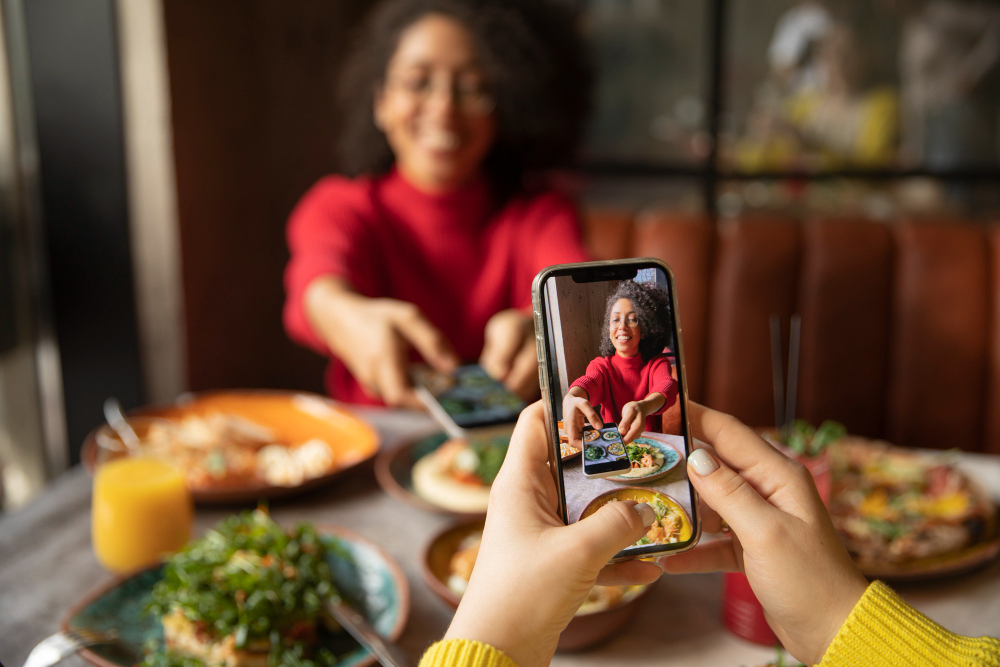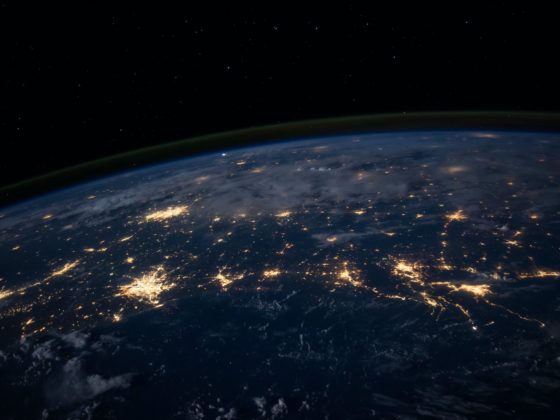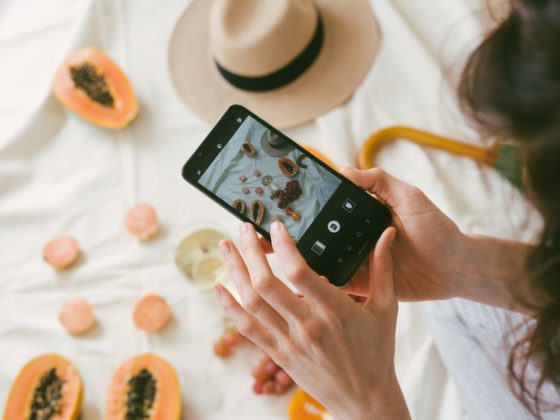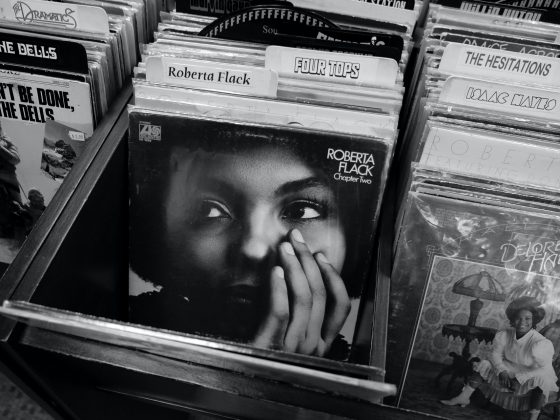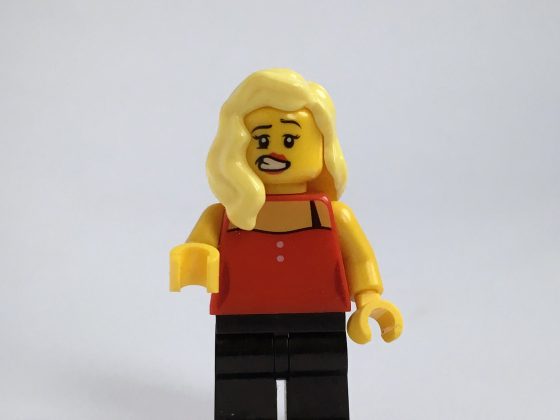Food photography refers to the genre of photography which captures still-life photographs of food. It is a specialty that can be used for personal use or commercial use like in marketing, advertising, and many more. Food photography is utilized in restaurant advertisements, magazines, menus, cookbooks, packaging, etc. It is also prevalent in social media, especially on Instagram where restaurants, food bloggers, foodies, or even just normal people capture and share food photography in their accounts.
According to Soocial, 43% of Instagram users cite food and drink as their top interests. Learning food photography can be very beneficial for someone as it can be used to strengthen your portfolio and make your social media feed aesthetically pleasing. You can also get clients and more exposure when you effectively curate high-quality photos of food on your channel.
Benefits of mastering food photography
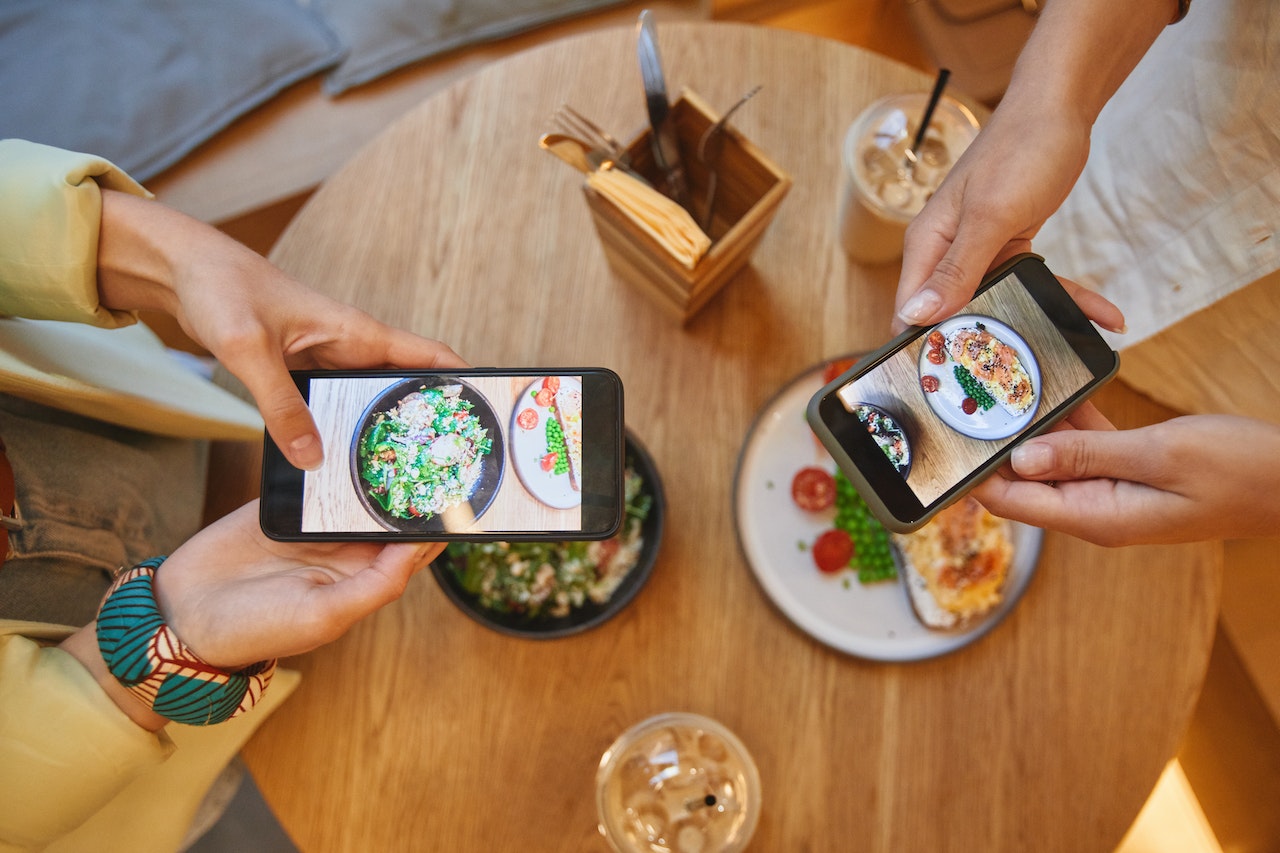
Mastering food photography has several benefits, especially for restaurant owners. It can make an amazing first impression on your customers as they can see that your food offerings are high quality based on your excellent food photographs. It could increase sales as customers will get attracted to try ordering your food based on the photo they saw. Food photography can strengthen your branding and create a story that will make you appeal to your customers, make their choice easier, and increase customer conversion. Mastering food photography can also help you in terms of your SEO or search engine optimization making your craft, social media, or website easily accessible to people. Lastly, food photography speaks a universal language and can be used across all of your marketing needs. Whether you are reading this article for personal use or your business or profession, these ten food photography tips will be significant to your journey in mastering food photography.
Overview of the ten tips to master food photography
This article will discuss one by one the ten tips or techniques on how you can capture great food photographs and become an excellent food photographer. Carefully read the items so you will get the best result in mastering the ten food photography tips.
10 Tips to Master Food Photography For Beginners
1. Invest in a good camera and lens for quality shots
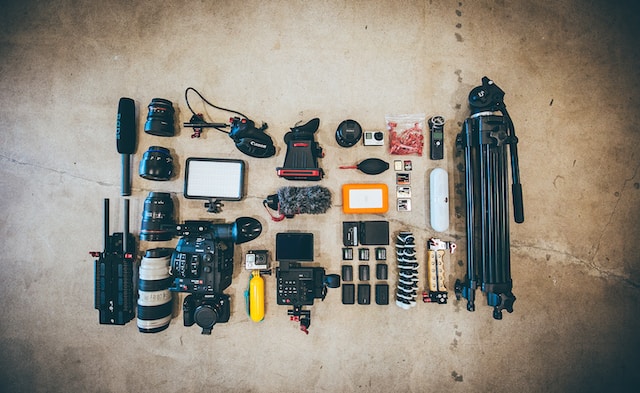
The first tip to master food photography for beginners is to invest in a good camera and lens for quality photographs. Investing and having great camera equipment is the most essential step, as it will generally affect the quality of your food photography. No matter how good your shot is, if your camera cannot give it justice, then it will be useless as it will still look low quality to your audience. Buying high-quality cameras will kickstart you in having excellent food photographs that you can use in your social media or business. Moreover, you can also use your equipment in other areas, like capturing people’s portraits and more.
2. Use natural light when possible for better results
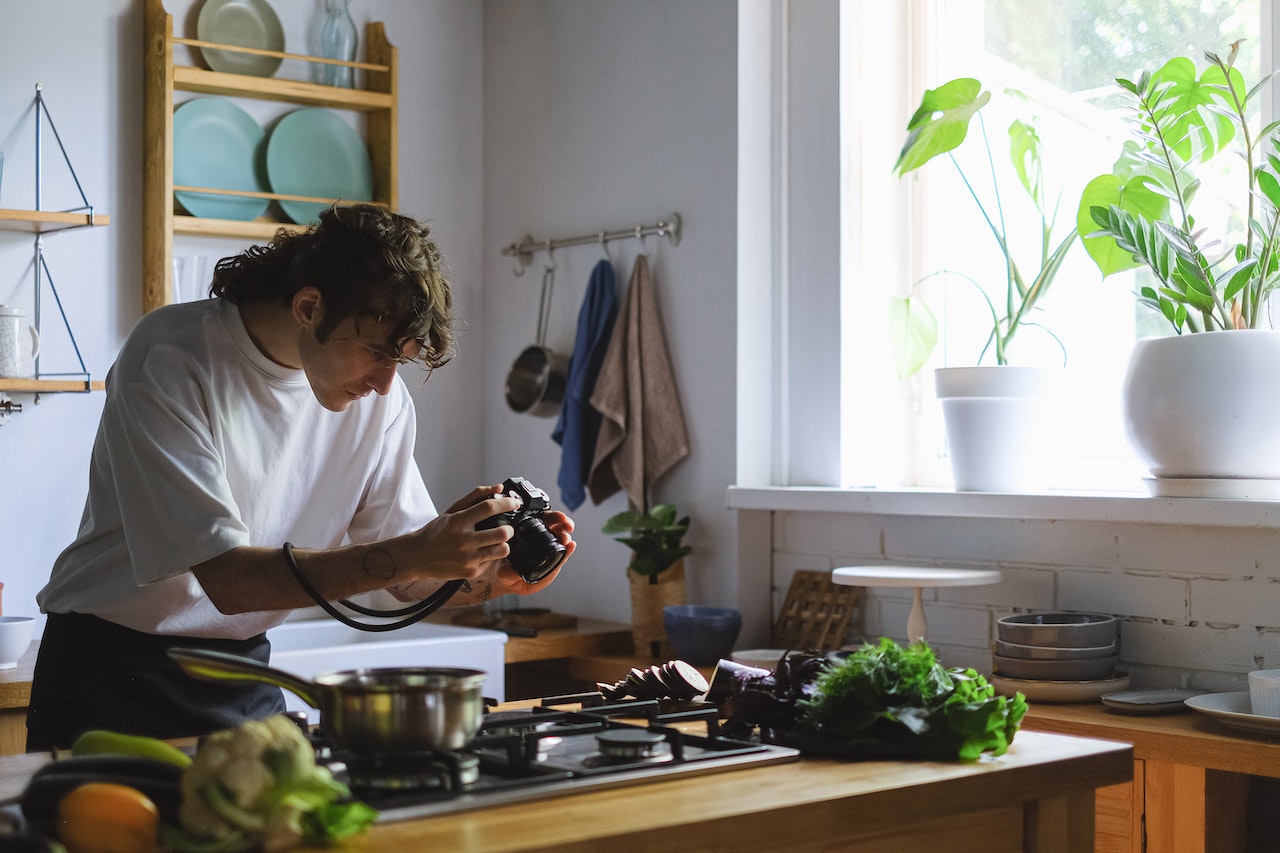
Next on the list is to find natural light as it will showcase the purity and rawness of the food you are capturing. The best lighting will always be natural light, so take advantage of it to get better results in your photographs. You should also match the natural light based on the mood you want to convey in your food photography. Identify the perfect hour of the day when you can get the best natural light that will complement your food. You can take photographs early in the morning if you are taking photographs of breakfast food like bread or coffee. You can take photographs with sunset lighting if you are capturing high-class or expensive meals to further give them a sophisticated look.
3. Experiment with different angles to capture unique perspectives on your subject matter.
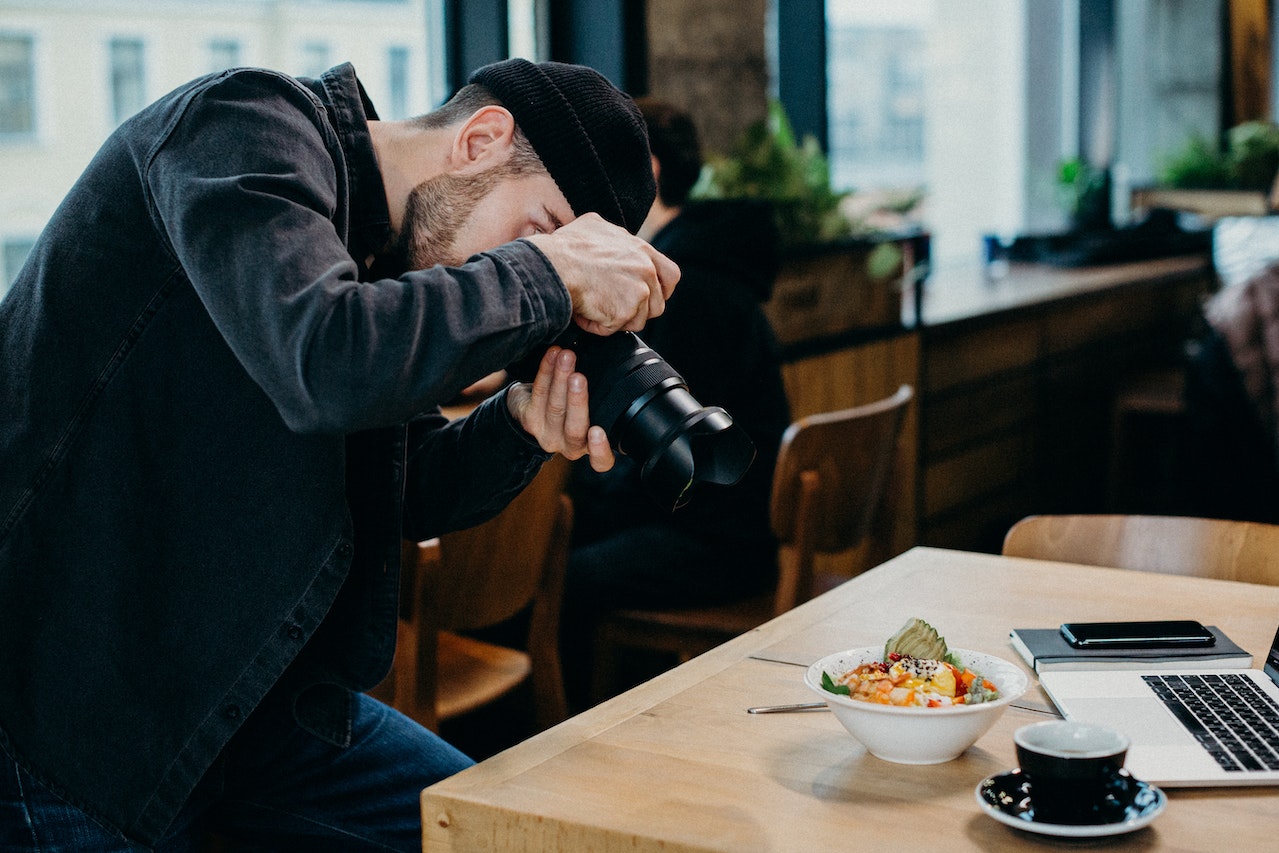
Do not be afraid to try from different angles and experiment with capturing a unique perspective of your subject matter and, in this case, food. Determine the best angle of the food you are capturing. You can take the POV of your customers as they grab the food with both of their hands. You can take the photo from above, from the side, or the bottom, or try any other perspective shots. You just need to be bold in trying something new in taking food photographs so that you can stand out and be memorable to your consumers. This food photography tip is significant as it heightens your branding and style as a food photographer.
4. Edit photos using software like Photoshop or Lightroom to enhance colors, contrast, etc.
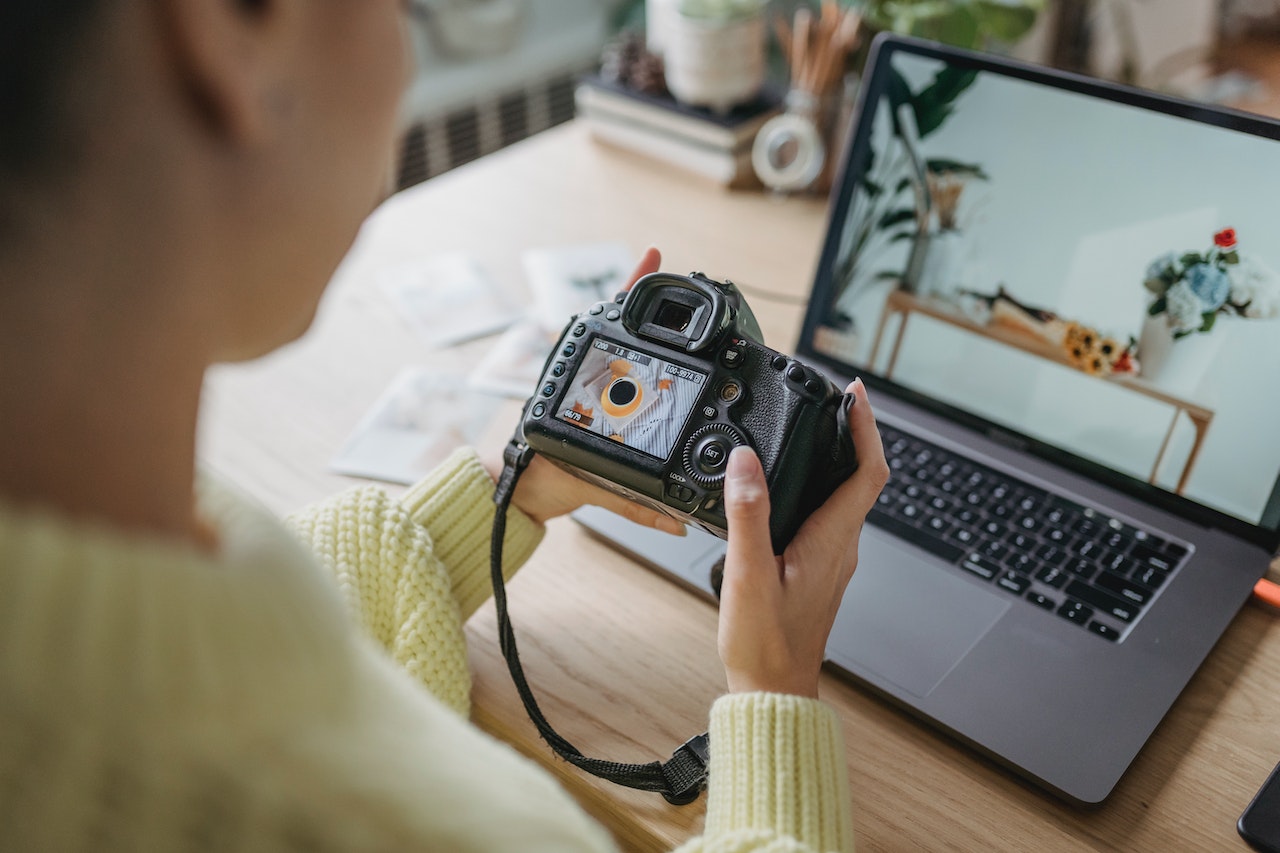
To further enhance your food photography, you can edit your photos using software like Photoshop or Lightroom to heighten the quality of your photo, its colors, contrast, etc. You can make use of various editing tools to give your photographs a professional and high-quality appeal that can build customer trust and credibility. Furthermore, you can make use of the current trends in the Internet or applications that will simplify your editing. It can be in the form of a Background remover application that easily and quickly removes the background of your photo. This application will greatly help you in taking out the unwanted background from your photos such as the crowd, a speck of dirt, or anything that affects your photograph negatively.
5. Utilize props such as tablecloths, dishes, cutlery, etc., to create interesting compositions in your photos
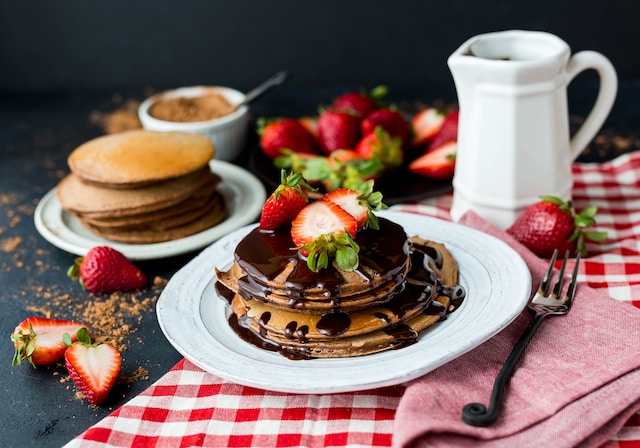
The fifth photography tip is to utilize props that can enhance your food photography. Props such as tablecloths, dishes, cutlery and the like create interesting compositions in your photos so you should take advantage of them in your food photographs. You must match the color and style of your props to your food to actually enhance your photo and not make your props negatively affect the food. You must determine the number of props or utensils, match the item based on your food and be careful not to make them distracting. Utilizing props effectively in your photos will make your food photography more interesting and appealing to your audience.
6. Focus on composition by making sure all elements are balanced and arranged in an aesthetically pleasing way

After utilizing props, you must focus on the composition of your photography by ensuring that all elements are balanced and arranged in an aesthetically pleasing way. You must place the props and other elements with a vision in mind and not just randomly put them anywhere. You must ensure that the composition matches your vision and the style you want to convey with your photograph. For example, if you have a spoon on one side, you must have a fork on the other side to make the composition balanced. You can search for other food photographs on the Internet to learn more about composition and take note of how they effectively create aesthetically pleasing food photographs with props and other elements.
7. Get creative with backgrounds – use fabric swatches or backdrops that match the mood you’re trying to convey
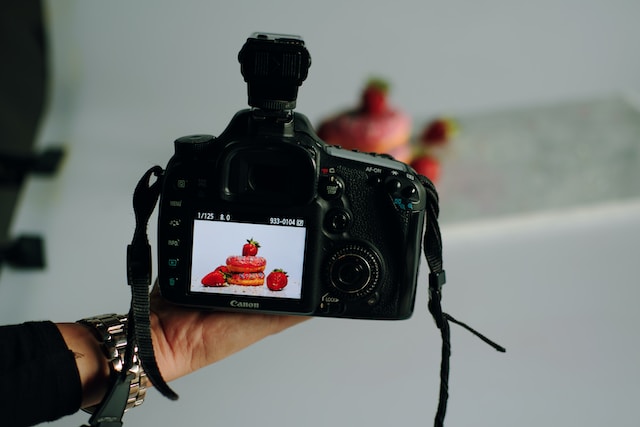
The seventh in this ten food photography tips list is to get creative with backgrounds. You can do this by using fabric swatches or backdrops that match the mood you want to convey in your food photography. You must choose the perfect color and type of fabric if you will use fabric swatches, as it will either enhance or negatively affect your photo if not done properly. You can also get creative with different backdrops if you have a specific theme envisioned for your photographs. You can have a natural backdrop if you are taking photographs of natural and healthy food that encourages healthy living. You can have a romantic backdrop if you are marketing to couples or lovers with your food items, or you can have a golden backdrop to exhibit the high-class quality of your food.
8. Take multiple shots from different angles so you have more options when selecting the best one later
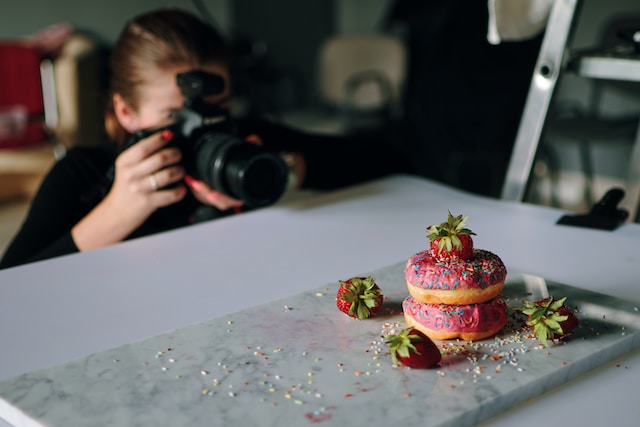
Make sure to take multiple shots from different angles when you start your food photography journey. This is so you can have several options when you select the best photos to post or use on your social media, website, or other marketing collateral. Taking several shots will also save you time when you are reviewing your photos because you might not get satisfied with your photographs when you go over them and you only have limited shots of your subject. Always capture several perspective shots so you will have a backup in case you change your mind about your first choice or your client wants other options or takes on your food photography.
9. Practice patience – take time between each shot so that each photo looks its best before moving on to the next one
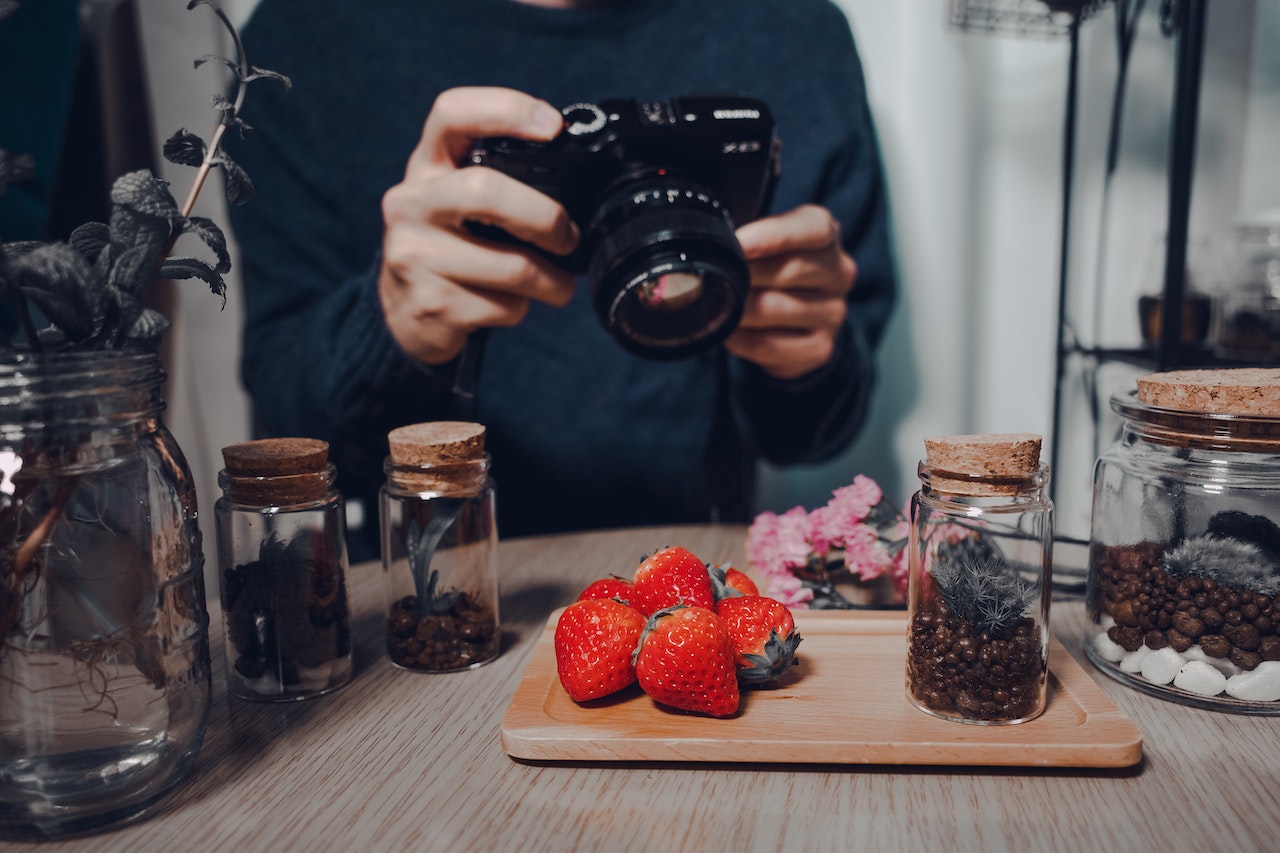
Second to the last tip on this list is for you to be patient. Learn how to take an ample amount of time between each shot so that each photograph looks its best before moving on to the next one. You must carefully review your photos first and make sure that you have captured the best shot. This is necessary so that you can avoid wasting time redoing an entire shot, moving props, and recomposing your photo. You must practice patience because you might have to take several shots before being satisfied with your photograph. Just like other specialties, food photography requires patience so make sure that you have the determination to capture the best shot that will benefit you and your business.
10. Don’t be afraid to experiment – try new techniques and find what works best for you
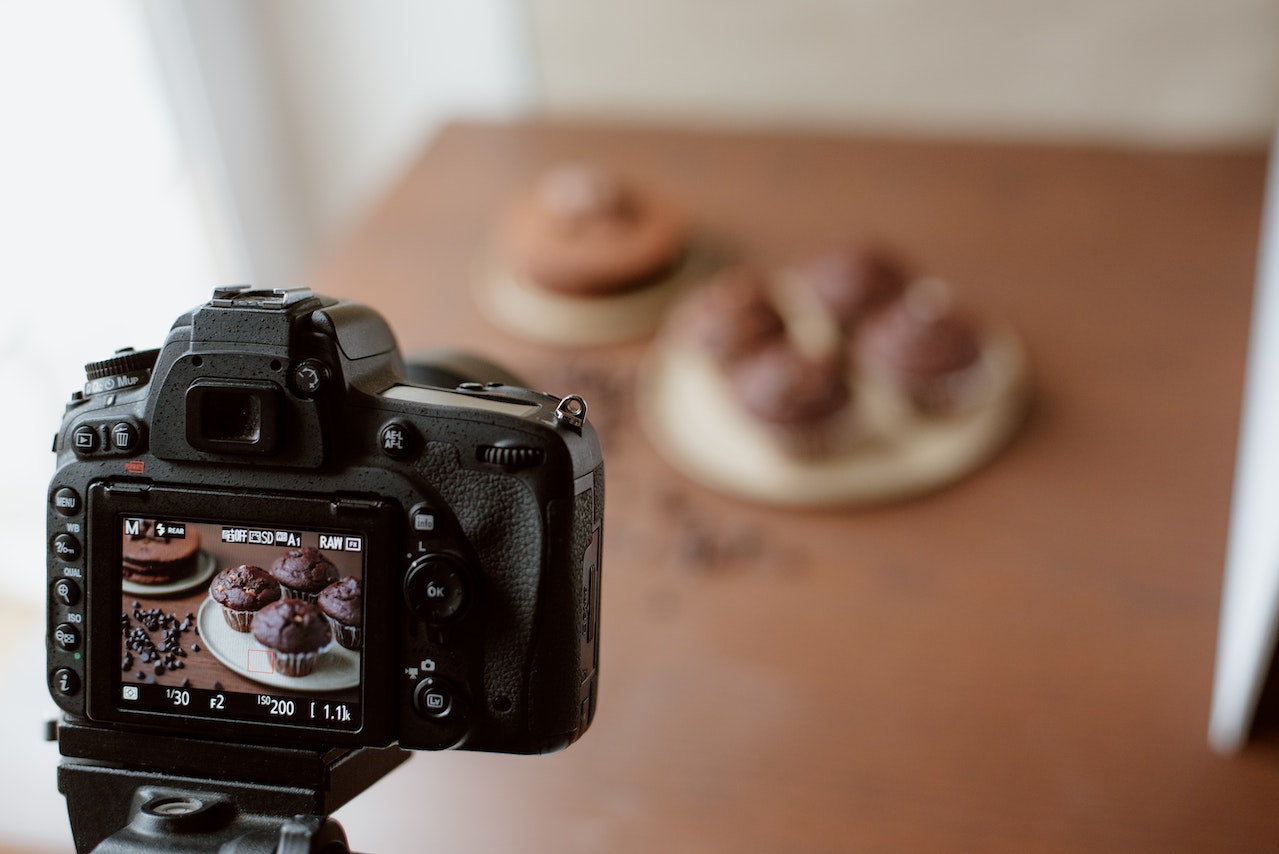
Being someone who knows best what you want to achieve, never be afraid to experiment and try new food photography tips or techniques that will work best for you. You may have a strategy in mind that you have not seen on the Internet or an idea you think is risky but is worth the try. Be brave in exploring new techniques and trying something new as it will strengthen your style, aesthetic, and the branding of your food photography portfolio. Experience in different shots will make you appealing to your consumers as they will see that you are passionate about your craft and that you are not afraid to be flexible, adaptable, and unique in your profession. You can stand out in the industry by crafting your style and having a unique aesthetic that is authentically your brand.
Conclusion
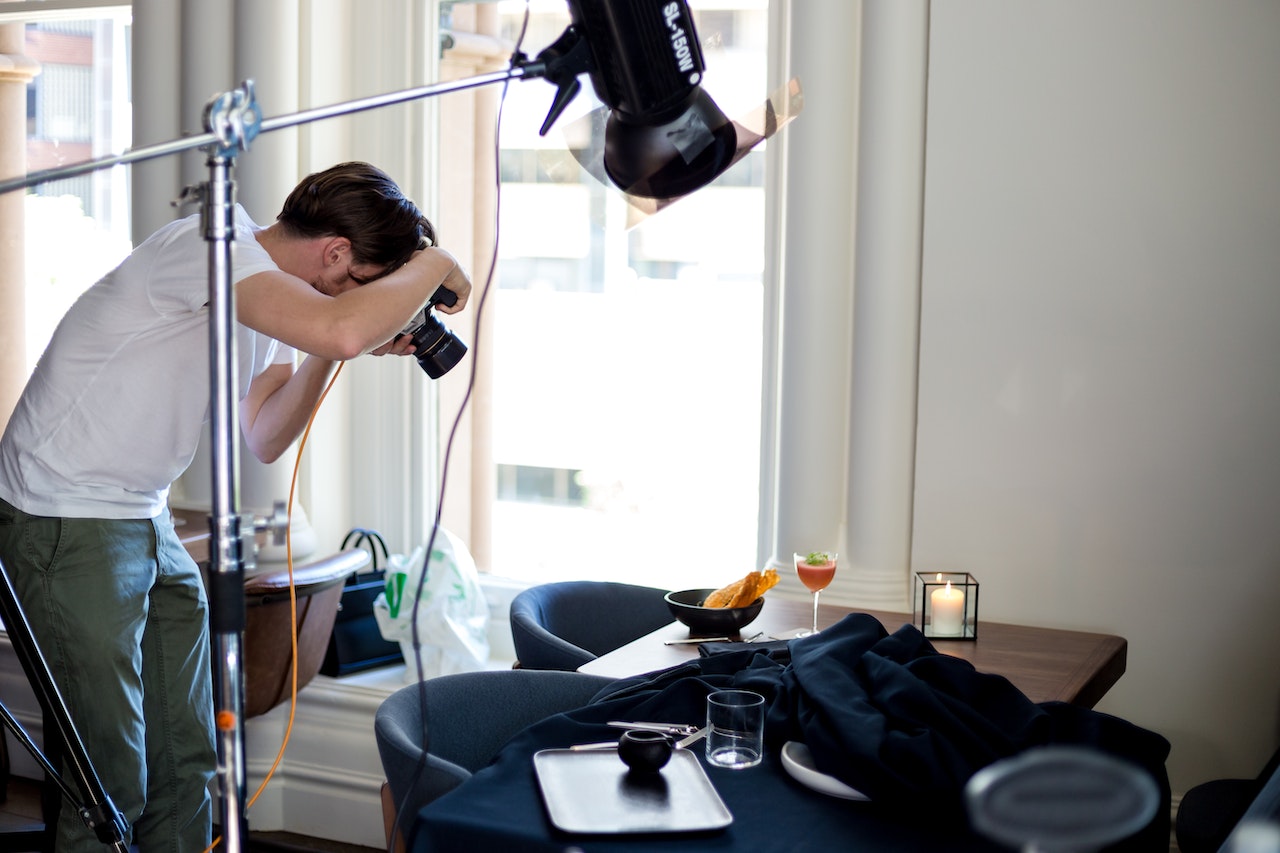
In conclusion, food photography is constantly rising and now requires mastery so you can stand out in this craft. This article provided you with ten effective photography tips you can use in your food photography as a beginner. You can use these tips to develop your skills, enhance your food photography abilities, and better your food content on your social media or business. Furthermore, the most important thing to remember is to not be afraid of experimenting with your food photography and develop your aesthetic with the help of the 10 food photography tips given.
⸻ Author Bio ⸻

Miguel Davao, Removal.AI
Miguel Davao is a graduate of literature and linguistics and has been writing content for about 5 years now. He particularly writes content on eCommerce, design, photo-editing tools, and content writing tips. Currently, he works as a full-time writer at Removal.AI – a fast-growing start-up that offers image processing and AI background remover, web, and app development, and marketing automation.



